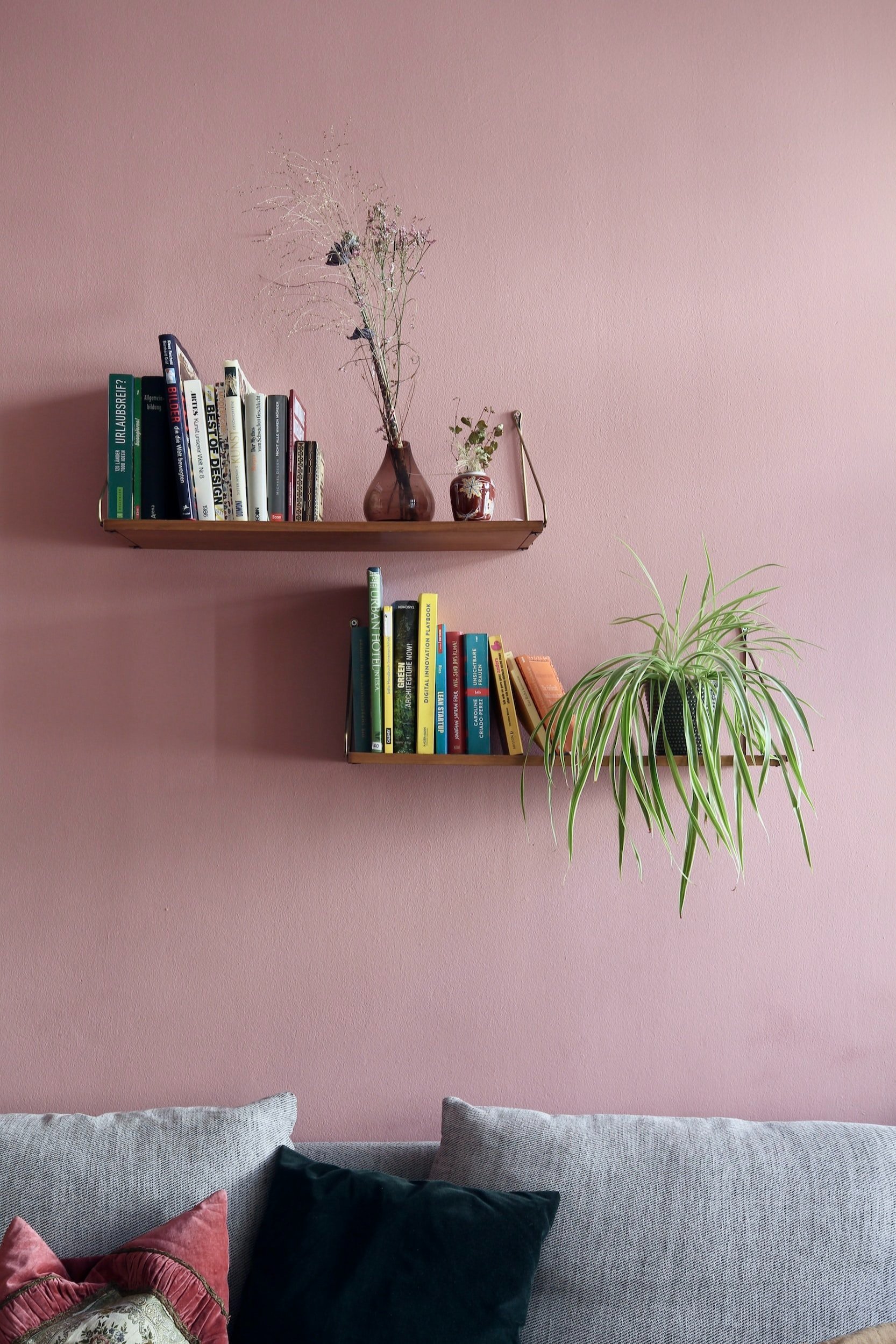THE PHILOSOPHY OF PINK
Pink is a colour that evokes a wide range of emotions and meanings, making it a popular choice in both interior design and Valentine's Day celebrations. In interior design, pink is often used to create a warm and inviting atmosphere, adding a touch of softness and youthfulness to a space. It can also be used to balance out bolder colours, creating a sense of harmony in a room.
When it comes to Valentine's Day, pink has come to symbolize young love and romance. This all comes down to how it is a perfect mix of Valentine's Day's 2 other colours: red and white. Red is associated with passion and lust, while white is associated with innocence and purity. Pink, on the other hand, is a more approachable and less intimidating version of red. Pink suggests young love and nostalgia, and it is the perfect color to evoke feelings of warmth and kindness.
The Valentine’s Day association with pink is not just limited to the color itself, but also to the flower, the rose. A longstanding symbol of love and affection, the pink rose symbolizes innocent young love and gratitude.
In terms of emotions, pink is known to have a calming effect on the mind and body. Studies have shown that pink can lower aggression and create a sense of tranquillity. This is why it is often used in high-stress environments, such as holding cells. It has come to be called the "drunk tank pink" effect. Sports teams have taken this to another level by painting their opposition's locker rooms pink, so the other team feels lulled and doesn't play as well.
In terms of use, pink is also used as a colour of breast cancer awareness and support. The colour pink is often associated with breast cancer awareness, and it is used to raise awareness and funds for research, education, and treatment. This gives pink a symbolic meaning of hope, strength, and perseverance. Pink is also used in branding and advertising to evoke feelings of warmth, kindness and playfulness.
The tone and vibrancy of pink also matter. Bright or hot pink is associated with passion, creativity, and excitement, making it a popular choice for accent colours in modern and contemporary interiors. Hot pink is often used as an accent colour to add a pop of energy and vibrancy to a room. This can be seen as a way to balance out the calming effect of pale pink and create a sense of excitement and energy in a space.
Pink is a colour that is associated with femininity, and it is often used to bring a sense of softness to a space. In interior design, pink can be used to add a touch of delicacy to a room, making it a popular choice for bedrooms, bathrooms, and living rooms.
The philosophy of pink is a multifaceted one, with a wide range of meanings and uses. From its roots in Valentine's Day's palette to its psychologically calming abilities, pink has come to embody many emotions, effects, and meanings. In interior design, pink can be used to create warm and inviting spaces, which makes It perfect for bedroom suites. Its versatility makes it a popular choice in many different design spaces, whether that be to create a sense of calm and tranquillity or add a pop of colour.














